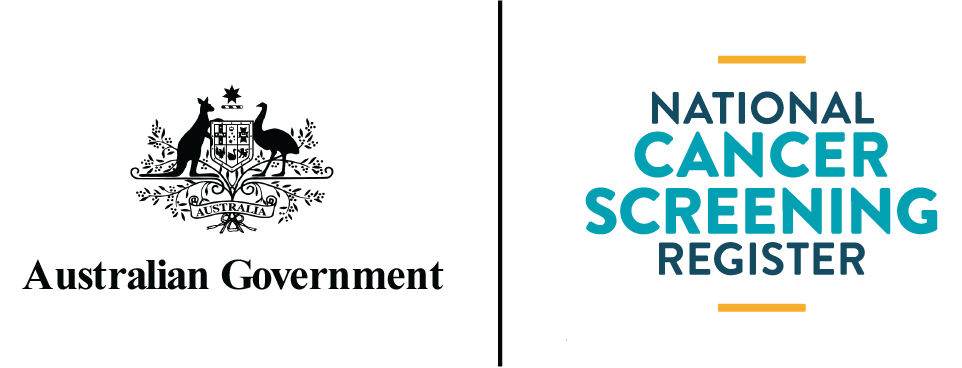Self-collection for cervical screening at an all-time high

A monitoring report looking at data from the National Cancer Screening Register (NCSR) has shown there has been a consistent increase in participants choosing self-collection for screening across all demographic groups since eligibility was expanded in mid-2022.
On 1 July 2022, Australia took a significant step in reducing barriers to participation in the National Cervical Screening Program by expanding the option of self-collection to all women and people with a cervix aged between 25 and 74.
Looking broadly across the nation, the report noted that prior to the expansion of eligibility for self-collection, only 1% of tests were reported as self-collected.
By the end of 2023, that figure had risen to 27%.
Key findings:
Never and under screened people aged 30-74 years:
- For never screened participants, the uptake of self-collection testing increased significantly from 13% mid-2022, to 33% by the end of 2023.
- Similarly, under screened participants (those who are overdue for cervical screening by at least 2 years) uptake increased from 14% in mid-2022 to 40% by the end of 2023.
By age:
- The uptake of self-collection increased across all age groups, though there was a slightly higher uptake in older age groups.
By state and territory:
- There was a notably higher increase in uptake of self-collection within the Northern Territory where almost 47% of all HPV tests were self-collected in the last quarter of 2023.
- This was followed by Tasmania, where 41% of all HPV tests were reported as self-collected.
By remoteness:
- Self-collection uptake increased across all areas of ARIA (Accessibility / Remoteness Index) with the highest uptake in ‘very remote’ areas at 54% in the last quarter of 2023.
There was also an increase in people who had previously had their tests taken by a practitioner now opting to collect their own sample. In 2023, 18.6% of participants switched to self-collection having previously had their test taken by a practitioner.
Research shows self-collection is effective at breaking down barriers by offering greater choice and control, helping to reduce screening barriers.
GPs play a key role in promoting awareness of self-collection by starting a conversation with eligible patients to determine if the test is right for them.
Healthcare providers can find out which of their patients are due or overdue for screening by accessing the NCSR Hub within their integrated clinical software or the Healthcare Provider Portal.
